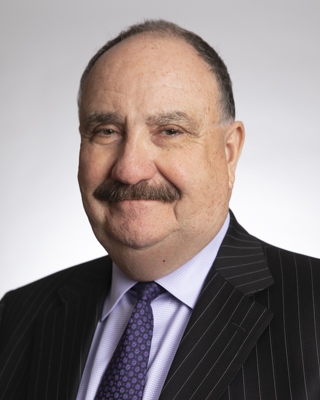2016 was a horrible year for professional predictors,
forecasters, fortune tellers, and pollsters. The year demonstrated why it is impossible to predict the future. In graduate school, I took a course in Futurism, and the conclusion of the course was that the future is impossible to predict because the future introduces new variables and combinations of variables that never existed before. I will focus on four 2016 predictions that did not come true:
- In December 2015, the US Federal Reserve predicted that they would raise interest rates four times in 2016.
- The British would never vote to exit the European Union (EU).
- Donald Trump would not win the US Presidential Election.
- A Trump victory would cause an immediate, long-lasting stock -market crash.
Federal Reserve

fortune teller with glowing crystal ballIt was no surprise when the Fed announced in December a modest 0.25% interest rate increase. A year earlier in December 2015, the Fed predicted that they could raise rates four times in 2016, but they only did it once at the end of the year. The data changed as worries about the slowing Chinese economy came to the fore, and the price of oil dropped like a stone threatening the US oil and gas industry, and the banks were heavy with loans to the US energy sector. Then came BREXIT in late June upsetting the world economic order for a time. All of these worries were resolved by year end with the US economy accelerating, the stock market reaching -all-time highs, unemployment falling lower and faster than expected, and wages finally increasing.
The Fed says that it is data driven, meaning that they take the economic temperature at their regular meetings every six weeks. They look at trends in employment, wage increases, economic growth, inflation, and other factors. Last month, when the Fed announced their only rate increase for 2016, they also predicted three more rate increases in 2017. I believe that Fed forecasting is a mistake. They do not know what the data will show in six weeks or six months. These missed predictions weaken their credibility; they should just confirm their commitment to the data, and not predict what the future data will be.
Brexit
It was not predicted that Prime Minister -David Cameron would take the risk of a public referendum to leave or stay in the EU. He did not have to take this risk; it was not required, but in doing so, he was confident he would win, and the British would vote to stay. The majority of the pollsters got it wrong. The US and European stock markets rallied the day of the referendum confident that the vote would be to stay. The US stock market suffered a dramatic fall the day after the vote, but the downturn only lasted about one week, demonstrating the resilience of the US market.
Trump
Against all odds, Donald Trump beat Hillary Clinton where it mattered — in the Electoral College system. Again, almost all the professionals got it wrong (including me), and there were widely-held beliefs that a Trump victory would cause an immediate and long-lasting stock market crash. In the wee hours of Wednesday morning November 9, the US stock market futures predicted that the Dow Jones Industrial Average would open down almost 1000 points. The market did open down about 300 points, but it quickly recovered even faster than the BREXIT surprise, and closed positive for the day following the election results.
With Republicans now holding on to the Senate, and owning the White House and the House of Representatives, investors have begun digesting Trump’s three top fiscal policy priorities:
- Corporate and personal tax reform. This is long overdue as it has been stalled by gridlock in Washington. With a Republican unified government, it is likely that they will be able to fix the policy that keeps over $2 trillion trapped overseas in our large multi–national corporations. Tim Cook of Apple said that as CEO he could not justify repatriating Apple’s foreign profits because the US taxes due would be 40%.
- Trump will spend significantly on defense and infrastructure which will help the sectors of industrials and materials.
- The Republicans will roll back regulations. They may go too far and weaken consumer protections (remember Wells Fargo), but it will benefit business in the near term.
Investment Strategy
Our active investment strategy is data driven. We look for what is working and what is not working in the financial markets. Currently, we are having success by investing in funds that emphasize technology, small US companies, materials, energy, financials, and industrials. We check every day to see if these allocations are still appropriate for the different goals and financial plans of our clients. When the data changes, and sectors such as health care, real estate, and consumer staples start to outperform the other allocations, we will shift in the direction of the new market leadership. We are no longer trying to predict what the data will show in the future. Data is now, not future.


